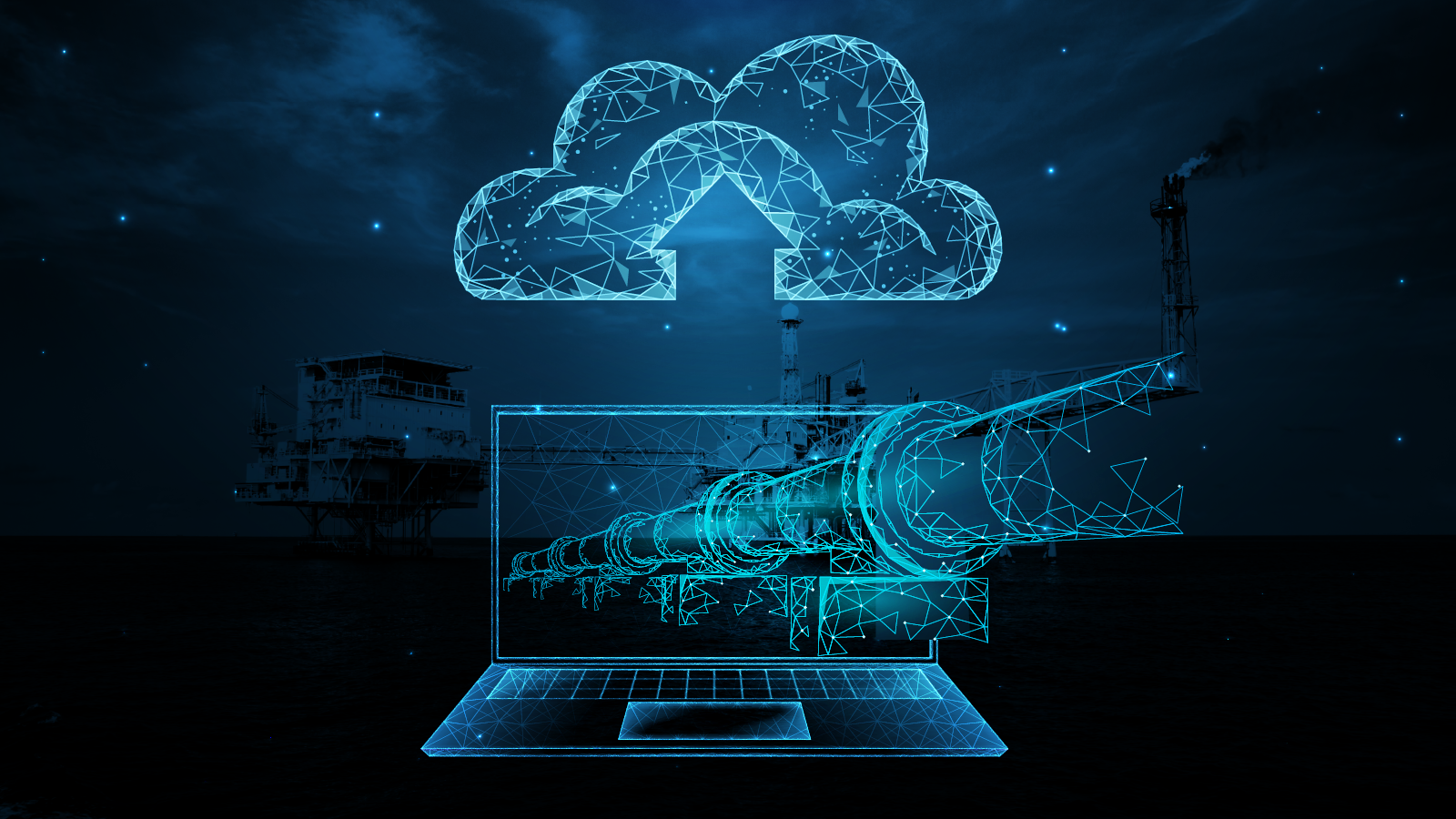Digital Completions in Plant Modifications and Upgrades
Unlike greenfield or any new build construction projects, plant modifications and upgrades present a unique set of challenges. Work is carried out...
3 min read
 Lisa De Vellis, PE
:
Apr 17, 2023 6:55:12 AM
Lisa De Vellis, PE
:
Apr 17, 2023 6:55:12 AM

Driven largely by the safety and regulatory climates as well as pressures to reduce the carbon footprint of heavy industry, the Asset integrity management market is expected to reach USD 25.7 billion by 2026. With the surge in offshore decommissioning as well as the steady-to-increasing E&P (offshore exploration and production ) market with companies seeking low-risk, “quick win” and net zero projects, remote solutions are poised to dominate the Asset integrity sphere.
Asset integrity management is – effectively – a risk-reduction strategy for Owner-Operators to have a quality-assured overview of their Assets. For the complete Asset lifecycle, Owner-Operators are tasked with demonstrable adherence to environmental health and safety and other regulations. To that effect, efficient, reliable, leak-free systems – particularly in the energy and extractives sectors – are essential.
Traditionally, Asset integrity management is carried out through in-person assessment, monitoring and formal inspection processes. But technological advances have enabled Asset integrity management to be carried out remotely through digital software systems.
Remote Asset inspections enable the following tasks (among others) to be conducted in a virtual environment without personnel having to be present onsite:
The benefits of remote Asset inspections are extensive, including:
Remote visualization of Asset integrity can include many functions. Essentially, a manager, technical expert or other project/Asset stakeholder would utilize a wide range of technical solutions to monitor, inspect and assess components and/or systems using a range of drone, UAV and or millimeter-perfect laser scanning tools to produce navigable 2D plans, 3D models and 360-degree images.
Inspection records for piping, for example, might include remaining useful life (RUL), corrosion rate and remaining thickness; inspection reports can be easily run, and the virtual Asset environment navigated with greater ease as opposed to physically walking around complex, dynamic infrastructure with a clipboard.
In response to the demand for remote Asset inspections, MODS developed 4DVi, Reality’s Visual Inspection Solution, which features the following:
The human brain processes images 60,000 times faster than text – apt when talking about remote visual assessment. In the spirit of this inalienable fact, let’s see what a virtual Asset inspection might look like:
Remote Asset integrity management systems are increasingly en vogue, which means that more options are cropping up. The solution needs to be sustainable, safe, easy to use and efficient. What are the considerations when choosing Asset integrity management software?
Firstly, it’s likely that you already have in-house software in place such as SAP. Is the Asset integrity software compatible with any/all of your existing in-house systems? It should be.
Asset integrity management software solutions are likely to be marketed for specific industries. Regardless, it’s essential to ensure that your chosen system is actually able to look at the components and systems of interest to the level of detail required.
In addition to compatibility with existing software systems, the Asset integrity management software needs to be compatible with the necessary hardware, such as high-resolution cameras. Whatever defects or potential failures the inspector needs to look for ought to be clearly visible remotely. This entails the ability to navigate a virtual representation of the Asset in real time with the appropriate resolution and zooming functions.
Asset integrity management is benefitting from a range of technological advances in things such as Machine Learning (ML) and Artificial Intelligence (AI) for predictive maintenance. Virtual Reality (VR) solutions – virtual walkarounds for visualization and planning – are starting to revolutionize the construction, maintenance and operations of Assets, throughout the complete lifecycle including everything from scaffolding works to SIMOPS and turnarounds.
Remote Asset inspections shift the dynamics from expensive, reactive integrity management to data-driven, predictive integrity management. Leaning into solutions from other Industry 4.0 use cases, the future of digital remote Asset inspections is moving towards incorporating Internet of Things (IoT) sensors to identify things such as pipework internal diameter (ID) and corrosion under insulation (CUI) in real time.
To discuss how our remote inspection Asset integrity management solution, Reality 4DVi, could help you remotely manage your industrial Assets,  .
.

Unlike greenfield or any new build construction projects, plant modifications and upgrades present a unique set of challenges. Work is carried out...

Turnarounds and shutdowns are among the most critical—and stressful—phases in the management and operation of industrial assets. These planned...

Offshore decommissioning and asset retirement present significant logistical, regulatory, safety, fiscal and reputational challenges. The process of...

MODS welcome Michael Birkin, who recently joined the team as Head of Sales for the APAC region.
How materials are managed in a project plays a crucial role in the project's cost, integrity, and productivity. Material-related processes, such as...

In the current business environment, organizations are vying to remain competitive and embrace technology to manage business risks and ensure long...